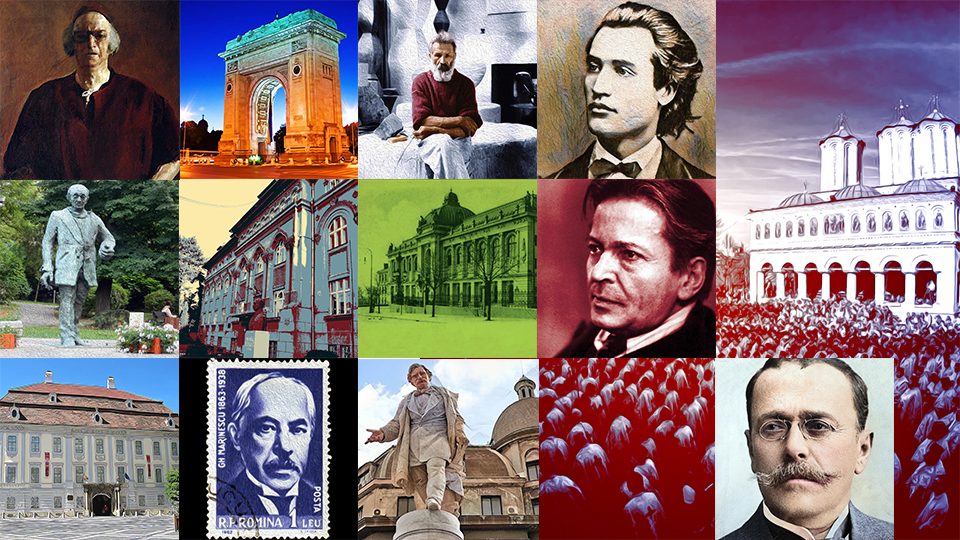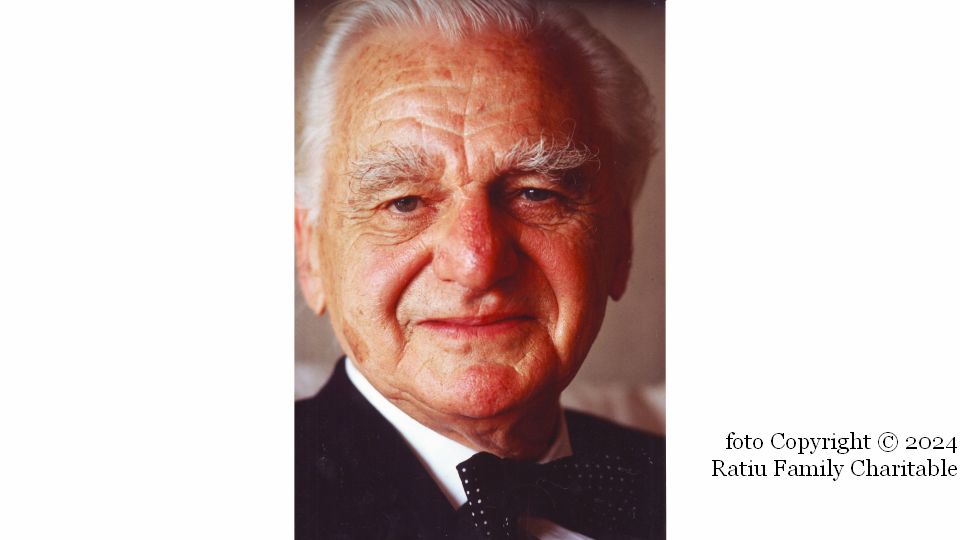Telephony in Romania
The early history of telephony in Romania

România Internațional, 21.01.2017, 14:00
Our phones are today some of the personal objects we feel most attached to. We use them to speak and listen to our interlocutors, send text messages, take photographs, read the news and articles on the internet and watch television and audio files. In the last 200 years, science has seen the emergence and development of a number of fields that have brought people closer to one another through their two main senses, sight and hearing, as well as through writing. If we look at the means of communication, which have seen strong development in the last two centuries, we realise that the telegraph is the ancestor of the text message. The telephone and the radio were means of communication via speaking and hearing, and television the medium that brings us closer to each other through sight.
The invention of the telephone is claimed by a number of people, but the man credited with the invention of the electric telephone is the Scotsman Graham Bell, in 1876. Since then, the telephone has seen huge development. When it was invented, it was much faster than the telegraph and the Morse alphabet. The telephones we have today are the results of improvements in the quality of the transmission of sound and in the telephonic devices.
In Romania, the telephone was introduced before the First World War, but its use expanded in mid 1920s to state institutions and private firms. The number of subscriptions was very low and telephone numbers had a maximum of four digits. The telegraph and the postal service were still the means of choice for correspondence, but the telephony service was expanding. By the mid 1930s, the number of telephonic lines had increased considerably, leading to the appearance of 5-digit numbers. The press at the time noted that after the earthquake of November 1940, when several apartment buildings in the centre of Bucharest were damaged, the people trapped under the rubble maintained contact with the rescuers via the telephone, which still worked.
The climax of the development of telephony in Romania before the Second World War was the building of the Telephony Palace. Located in the centre of the city, on Calea Victoriei, the palace started being built in 1929 and completed in 1934. It was designed by the American architect Louis S. Weeks and the Romanian Dutch-born architect Edmond van Saanen Algi who were influenced by America’s Art Deco skyscrapers. The Telephony Palace was built on the site formerly occupied by the residence of a wealthy boyar called Ioan Otetelesanu, who, together with his wife, used to host a famous literary café known as the Otetelesanu Gardens, a meeting place of Bucharest’s intellectual elites.
The place was frequented by the writers Mihai Eminescu, Ion Luca Caragiale, Alexandru Macedonski, Ion Minulescu and Liviu Rebreanu, as well as the painters Camil Ressu and Iosif Iser. With a height of 52.5 metres, the new palace hosting the telephony services was Bucharest’s tallest building until the construction of the Intercontinental Hotel in the 1970s. The firm that built the foundation of the Telephone Palace was the Union Building Society, while the steel structure was made by the Steel Factories and the Resita Estates. The palace was the first tall building in Romania to have a metal resistance structure. The building was affected by natural disasters such as the earthquakes of 1940, 1977 and 1986 and man-made catastrophes such as the American bombardment of 1944. A project to renovate it began in 1995 and was finalised in 2005.
During the communist period, the development of the telephony network in Romania was uneven. In the early years, private telephone lines and devices became state property and could thus be rented. After 1953, when things started to ease in Romania and the other countries occupied by the Soviets, the telephony network began to develop at a faster pace. Soon, however, due to the shortage of new devices, of a competitive industry and of research in the field, the development of telephony stagnates. 6-digit numbers only appear in the 1970s, which was a sign of poor expansion, despite high demand from the population.
After 1989, the telephony market simply exploded in Romania. Mobile telephony also emerged and flourished in the mid 1990s and telephone exchanges became computerised. (Translated by C. Mateescu)





























